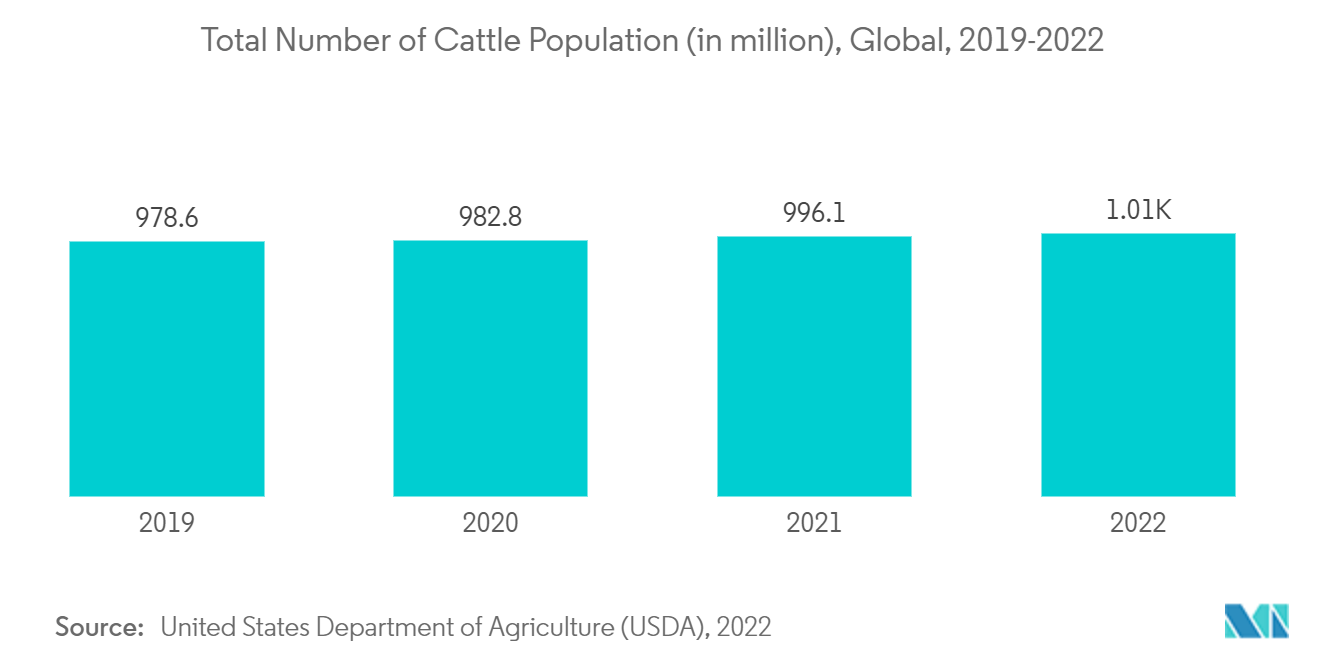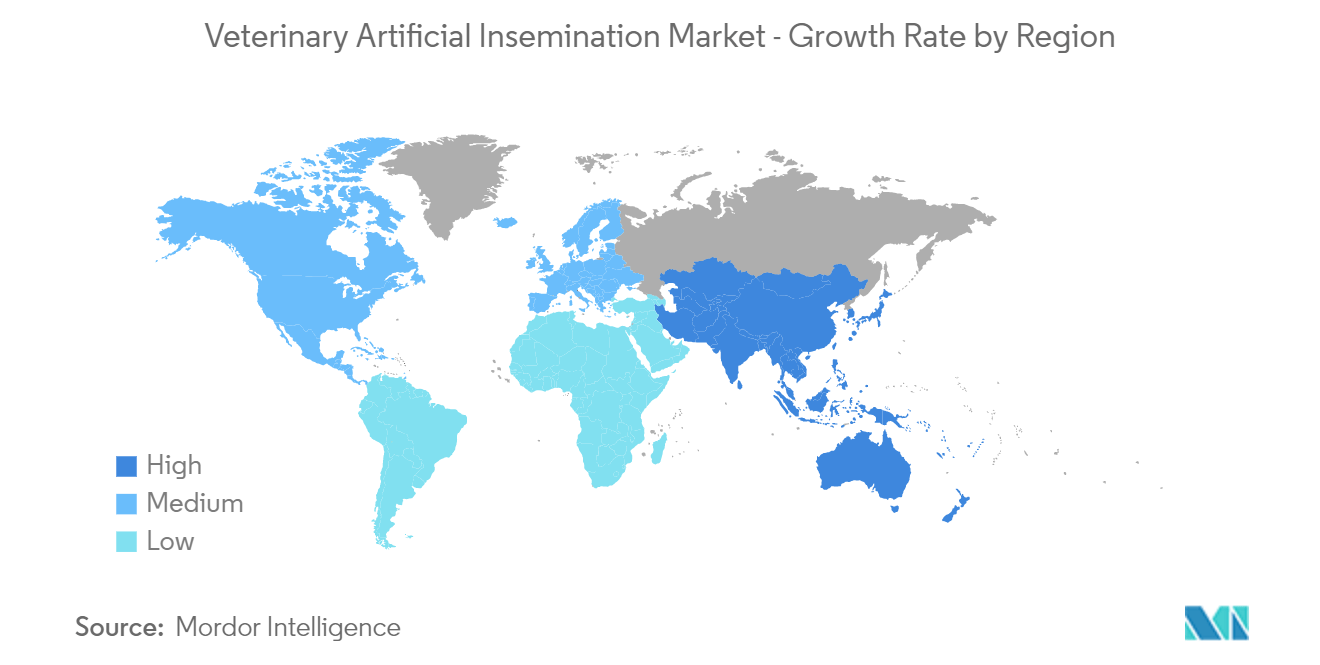Market Trends of Global Veterinary Artificial Insemination Industry
This section covers the major market trends shaping the Veterinary Artificial Insemination Market according to our research experts:
The Veterinary Hospital Segment is Expected to Gain a Significant Market Share in the Veterinary Artificial Insemination Market
The veterinary hospital segment is expected to witness significant growth in the market, owing to the rising livestock population, higher prevalence of transmitting diseases, and increasing artificial insemination techniques. In India, Animal Husbandry Department launched a program to safeguard its employees and farmers against COVID-19. The veterinary hospitals provided artificial insemination services during the COVID-19 pandemic with preventive measures, such as gloves, masks, sanitizers, and floor cleaners, to maintain the optimal level of hygiene. In the United States, ABC Veterinary Hospital provided artificial insemination services by keeping staff and pet parents safe during the COVID-19 outbreak and implemented new procedures to prevent COVID-19 infection.
Globally, an increasing number of hospitals performing artificial insemination techniques and a rising number of veterinarians are driving the market growth. For instance, as per Animal Husbandry, Dairying and Fisheries Department 2020-2021 report, in India, field institutions of the department provided breeding services to the cattle population. Furthermore, an artificial insemination service was provided for cattle and buffaloes at the cost of INR 10 per insemination. A total of 48.88 lakh artificial inseminations were performed during the 2019-2020 period.
Furthermore, animals that are in close contact or share the same environment may result in the spreading of infectious diseases. For instance, in 2019, South Korea discovered its first outbreak of deadly African swine fever (ASF) at a pig farm in Paju, Gyeonggi Province, South Korea. Thus, livestock diseases are also contributing to a set of problems within livestock production systems. These problems include productivity losses, uncertain food security, and loss of income, among others, which are adversely affecting human health. Hence, in order to prevent infectious diseases, it is expected to raise demand for artificial insemination in the coming years.
Therefore, these factors are expected to drive the need for artificial mating and positively influence the veterinary artificial insemination market.

Asia-Pacific is Expected to Witness a Significant Growth in the Market During the Forecast Period
The major factors driving the veterinary artificial insemination market growth in the Asia-Pacific region include growing infectious diseases in animals and increasing awareness about artificial insemination among people. In Asia, countries, like India, China, and South Korea, are severely affected due to the COVID-19 outbreak. During the COVID-19 pandemic, in May 2020, in India, the National Dairy Development Board (NDDB) launched an interactive webinar to create awareness about procedures to be followed in the dairy value chain during the COVID-19 pandemic. Additionally, artificial insemination and breeding management, difficulties faced by co-operatives, and ensured regular payments to farmers have boosted the market growth.
Avian influenza is a highly contagious viral disease affecting several species of food-producing birds, such as chickens, quails, and pet birds. For instance, as per the World Organisation for Animal Health, key facts data updated in 2021, in Asia countries, Avian influenza continues to cause severe losses in poultry. Moreover, there is a rising in the adoption of artificial insemination to reduce the risk of infectious disease transmission among veterinary animals.
According to a research article by M A Hannan et al., published in the Journal of Veterinary Medical Science in February 2019, embryo transfer in Japan by artificial insemination using frozen semen was found to be useful in improving the productivity of Japanese domestic and special riding horses. As per Animal Husbandry, Dairying and Fisheries Department 2020-2021 report, in India, the department introduced the new technology of sexing the semen by which the sperm responsible for the birth of male calves are sorted and eliminated, and as a consequence, only female calves are produced. Additionally, the government has proposed to adopt new technology by using 2,000 numbers of such semen doses, which may be used for artificial insemination in the farmer's animals on a pilot basis. For instance, in August 2019, Obstetrics of Madras Veterinary College and the Department of Veterinary, Gynecology started artificial insemination in cattle using sexed semen. Hence, the factors mentioned above are expected to fuel the market growth in the region.


